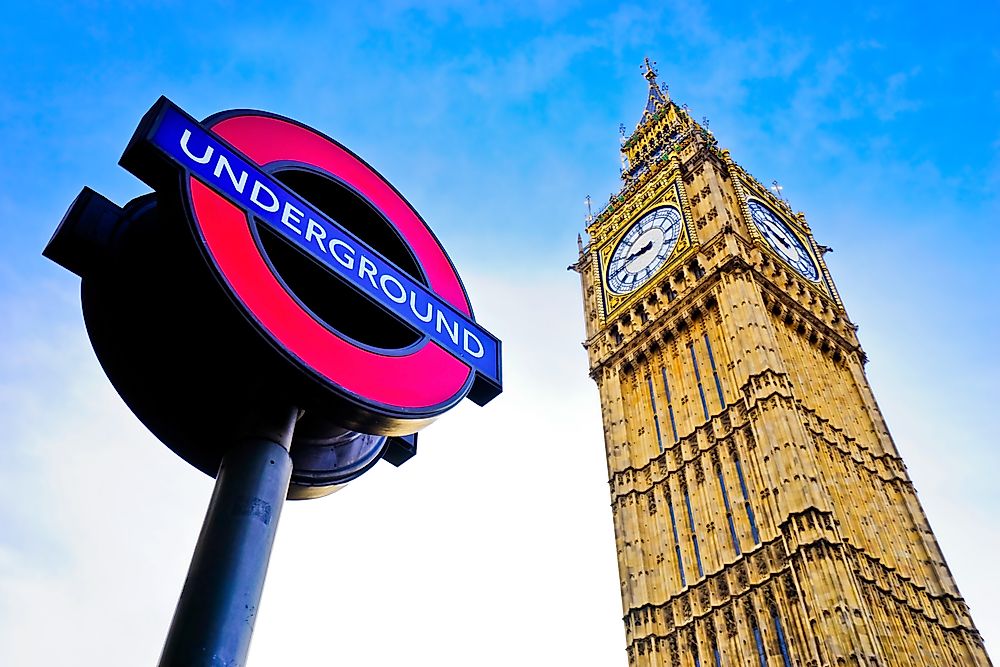What is the Difference Between a Metro, a Subway, and an Underground?

A metro is an urban railway system that is usually found underground in some cities, a subway is as an underground urban railroad or passage, while an underground is a railway system that travels below the ground. These three transport systems generally serve the same purpose. They provide an alternative underground passage which helps to prevent railway transit systems from colliding with busy roads or other obstacles.
Metro, subway and underground railway transit systems have the advantage of convenience in comparison to other urban and suburban transport systems. The underground passage enables them to avoid traffic and congestion experienced in most streets from buses and other vehicles. They are also considered to be a relatively safer alternative to other public transport means. They are environmentally friendly since they do not emit dangerous exhaust fumes into the environment, and are relatively cost-effective.
Some of the challenges faced by underground rapid transit systems include a lot of noise production, heavy crowding especially during peak hours, increased potentials for criminal activities, and increased risk for spread of diseases due to the close proximity of individuals.
The term metro is common in certain cities such as Paris in France, and Chengdu in China. It derives its name from its association with metropolitan cities. A metropolitan is, in relation, a capital, very large or busy city within a country. The term underground is commonly used in Britain, particularly to refer to the underground passage in London known locally as “the Tube.” Subway, is universally accepted across the globe.
A Metro
The term was originally from France when “the Metro” transit system was constructed in Paris in 1900. It was regionally known as “Chemin de Fer Metropolitain de Paris” and covered a span of ten kilometers. The metro has a unique design known as the cut-and-cover method of construction, which was designed by Fulgence Bienvenue.
A Subway
The world’s first subway system was suggested to be constructed in London in 1843 by Charles Pearson. This proposal was just a short while following the completion of the Thames tunnel. Seventeen years later, and after parliamentary approval the “Metropolitan Railway” was constructed spanning approximately six kilometers. The metropolitan railway served around 9,500,000 during its first year since its official opening in 1863, using mostly steam generated from burning coke to run the trains. As they evolved across the generations these transit systems preferred the use of coal and later electricity.
An Underground Railroad
The London Underground, also known as the Tube is the most common underground in the world. It was the first underground railway in the world, opened in 1863. The London underground was also the first railway transit systems to use electric trains.
Only A Difference In The Choice Of Names
Different regions have different preferences when it comes to choice of names. Metro is widely used in cities like Chengdu and Paris while the term subway is widely used in Britain. Underground railroads are associated with busy and large cities. However,given that they are all train systems, with underground passes,and are located across cities worldwide, then there is no difference between what a metro, a subway and an underground are used for.











